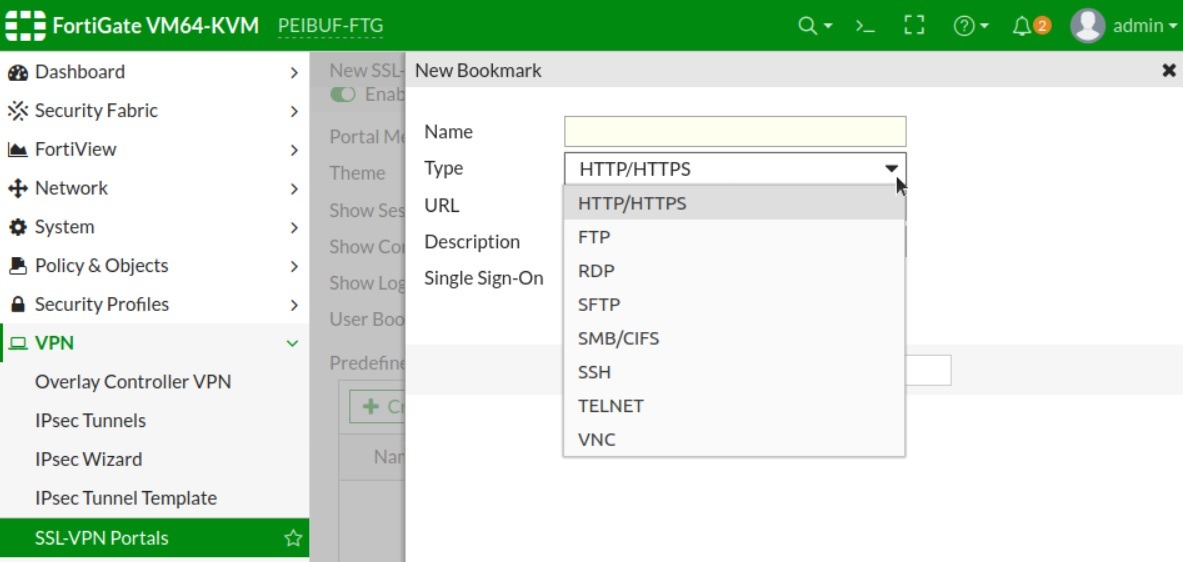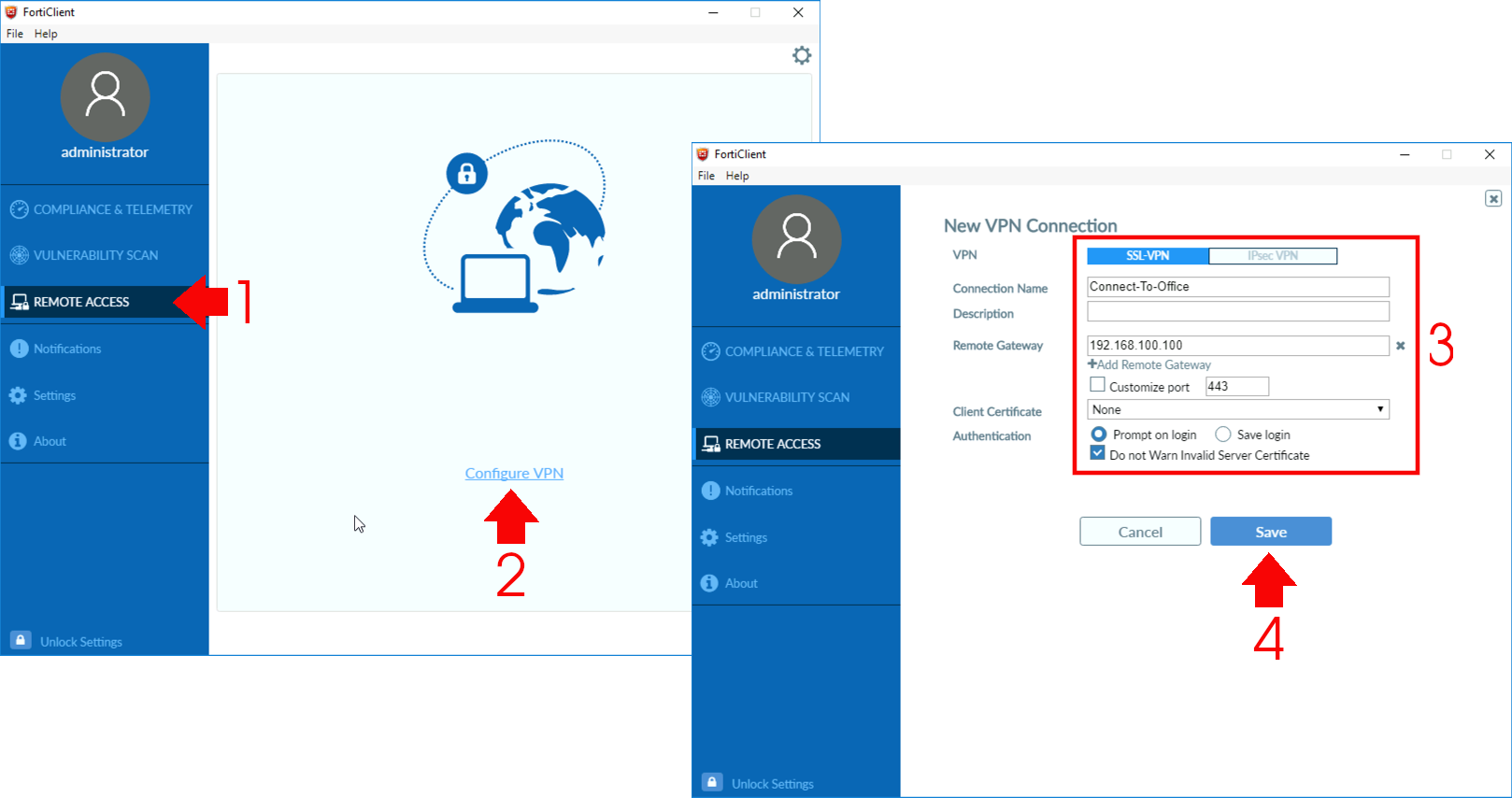


So, I guess we’re doing Mode Config… First thing, define the VPN, normal setup, add IPv4 and IPv6 ranges for connected users: It may be possible to add these things manually via backup, xml file edit, import, similar to what you have to do on MacOS to get the correct tunnel settings installed, but I haven’t experimented with that yet. Why not? Because the f’ing FortiClient doesn’t even have boxes to let you put in static IPv6 addresses, or radio buttons to select to use DHCPv6. I’ll also point out that this specifically will NOT work if your remote users are not using “Mode Config” where the firewall hands them addresses from a pre-defined range. You MUST give your end user an IPv6 address so that you can then enforce no IPv6 split tunneling and no IPv6 internet access.įortinet does not make this easy, in fact it’s downright difficult to stumble into the right configuration to even allow you to do this. The fix to keeping intruders that control your users’ computers out of your network while users are VPN’d in is to set up dual stack addressing for your VPN users, whether you have IPv6 service, or intend to offer it, or not.
#Fortigate vpn client how to
The Fix (or how to configure dual stack VPN if that’s all you’re here for) I will continue watching what they do, and can now start digging around in your network through their computer, which is now connected to the protected area. ol’ FortiClient will do absolutely nothing about my IPv6 session with their computer. If they happily VPN into your protected environment, and hey, they even use two factor, because you’re extra precautious, your split tunnel block and policy kick in, then, ooops…. So, lets say I’ve hacked your end user’s computer, and I’m watching it via IPv6. If the end user is connected to an ISP that doesn’t suck, they will have both IPv4 and IPv6 internet connectivity, and FortiClient / FortiGate as configured above, do nothing to prevent the other protocol from simultaneous use. Well, that all changes if the user has IPv6. In theory, that would be accurate, if the user only has an IPv4 connection the internet, AND the FortiClient is working as intended. With split tunneling disabled, and policy blocking access to the internet through the firewall, one may think all is well since the split tunneling block and policy block would not permit malware or similar things on the end user’s computer from talking to the computer over the internet at the same time the VPN is connected. So here we go, most firewall admins, and their superiors, set things up as described above in order to protect the environment from a remote VPN user from allowing unauthorized access to the protected network via their computer.

FortiGate VPN profile is intentionally configured to NOT permit split tunneling.End user has FortiClient VPN access to FortiGate firewall for IPv4 service and access to protected network/data.

Their clients for other platforms are dated compared to Windows, so no reason to assume those behave differently.
#Fortigate vpn client software


 0 kommentar(er)
0 kommentar(er)
